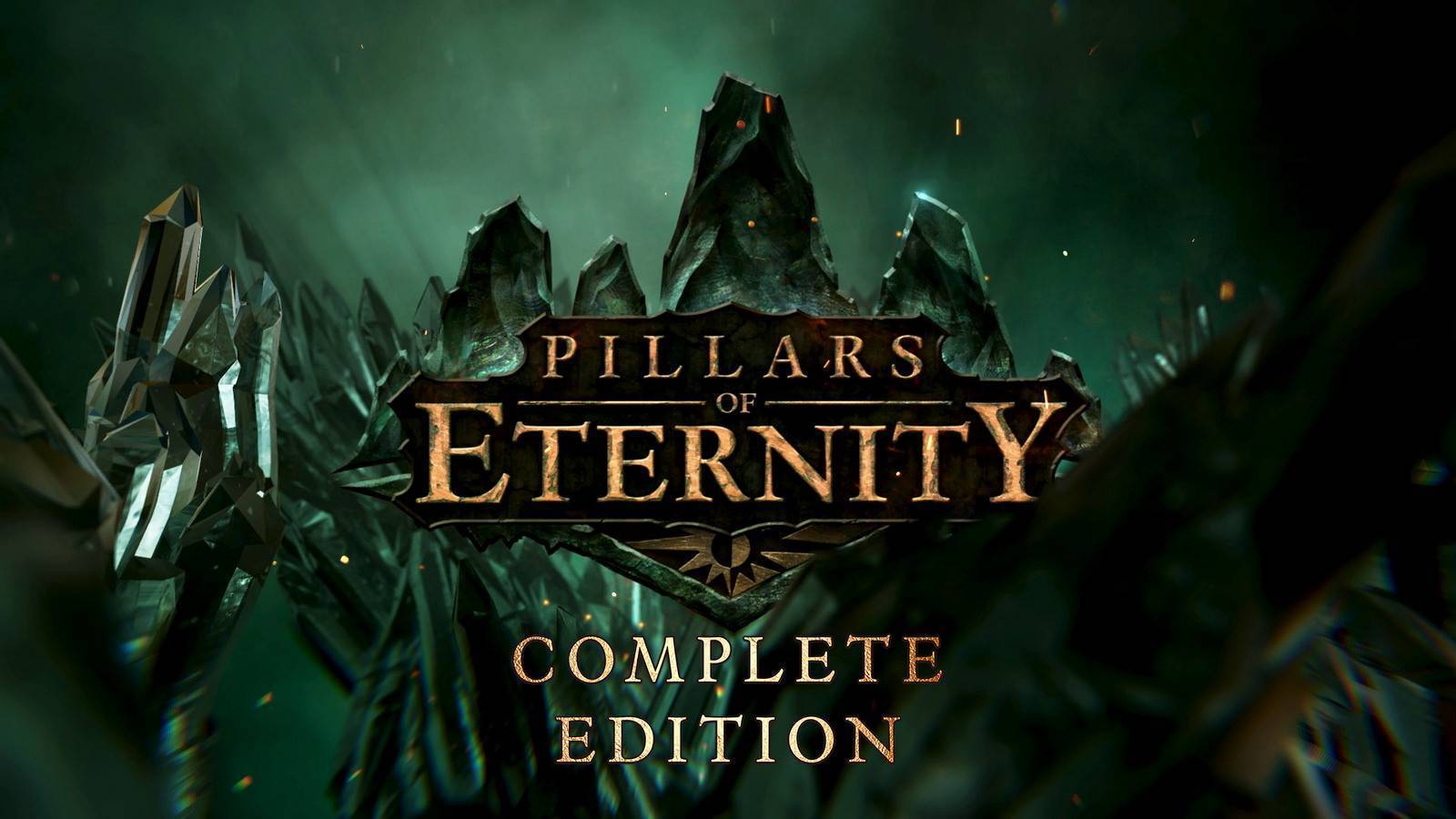

The game tasks the player with first going through an extremely in-depth character creation process, picking gender, race, class, culture, background, and of course, all of the various aesthetic options one could think of. Pillars of Eternity is a Role-Playing Game focused on the navigation of dialogue options and real-time combat. Does it live up to the hype? Is it a good entry point into the isometric RPG? Is it suited to the control scheme of the Nintendo Switch? The answer to all of these questions is a resounding “no.” Gameplay Now, it’s 2019, and this four-year-old RPG has received a port to the Nintendo Switch. Meeting and exceeding its goals, Pillars would release in 2015 and receive critical acclaim in many regards, eventually paving the way for a sequel in 2018. Though this style of RPG would eventually give way to more popular and accessible alternatives, the desire to return to these sorts of worlds would remain, and in fact, be given hope with Obsidian’s 2012 Kickstarter campaign for Pillars of Eternity. Though these titles were hardly graphical juggernauts, the engine allowed for the construction of vast worlds inhabited by complex characters, many subject to classic attribute mechanics employed by the developers to enhance decision-based gameplay.
Pillars of eternity complete edition series#
A series of entries utilizing BioWare’s Infinity Engine in the Baldur’s Gate, Icewind Dale, Neverwinter Nights, and Planescape mythos dominated the RPG scene with tactical combat, nuanced storytelling, and expanded character-building options. This is why, for a spell during the late 90’s and early 2000’s, the isometric-style Role-Playing Game reigned supreme. Though many newer titles boast combat systems that are flashy, challenging, or strategic, we don’t care about the choices we’re making unless we care about the world that informs these choices. Lore is, at the core, one of the most important elements of an RPG. In many ways, the RPGs of the modern era are the fantastic interpretation of a team of developers’ own role-playing campaign. As these titles would gain popularity, enter new regions, and progress with the technology of the era, their narratives would deepen in complexity, resulting in a unique “campaign” for each series that was rooted in its own respective universe and lore. Many of the earliest examples of the genre- titles like Wizardry, Might and Magic, and Ultima- share similarities in design philosophy and mechanics that made them interpretative and mysterious. At the very start of their existence, Role-Playing Games on computers and video game consoles were designed with one purpose in mind: to emulate and replicate the feeling of playing a traditional tabletop-style game, like Dungeons and Dragons.


 0 kommentar(er)
0 kommentar(er)
